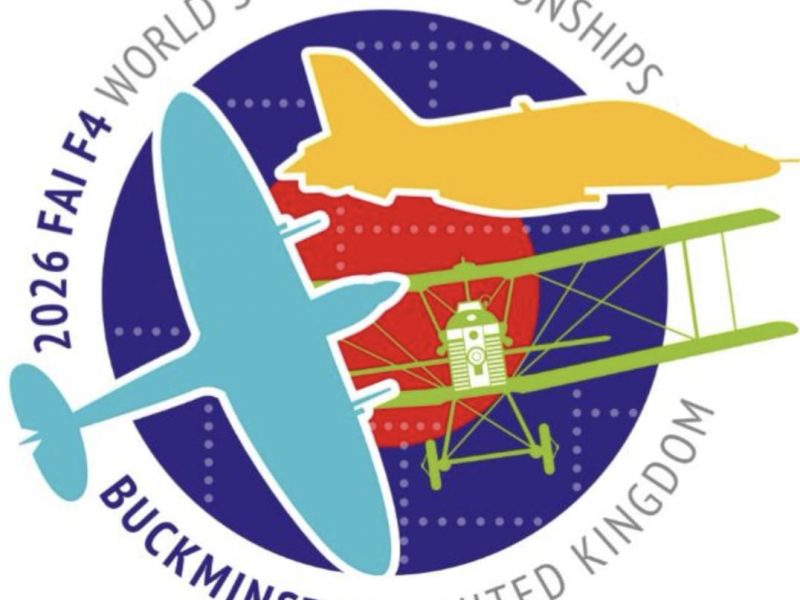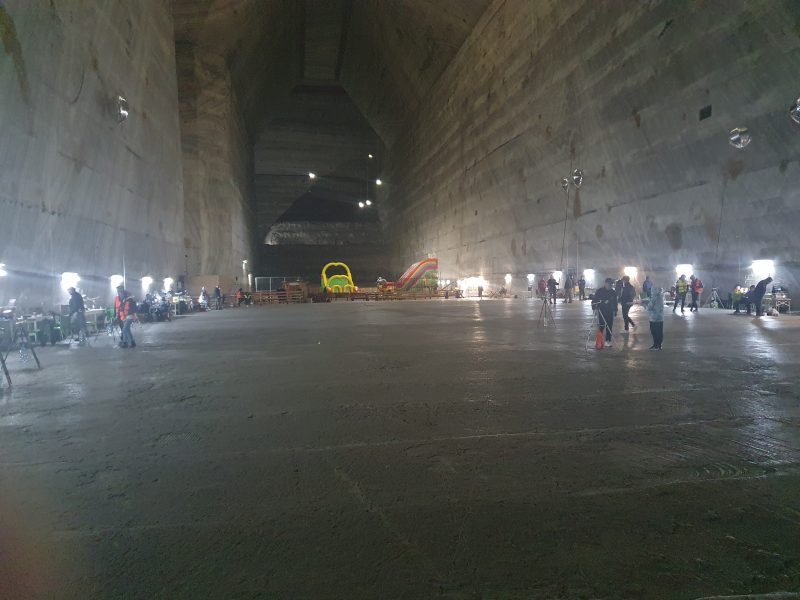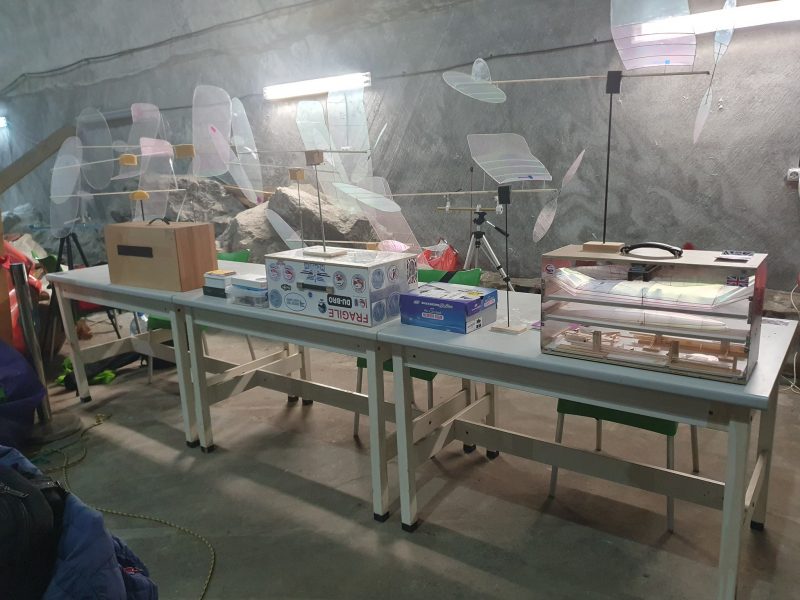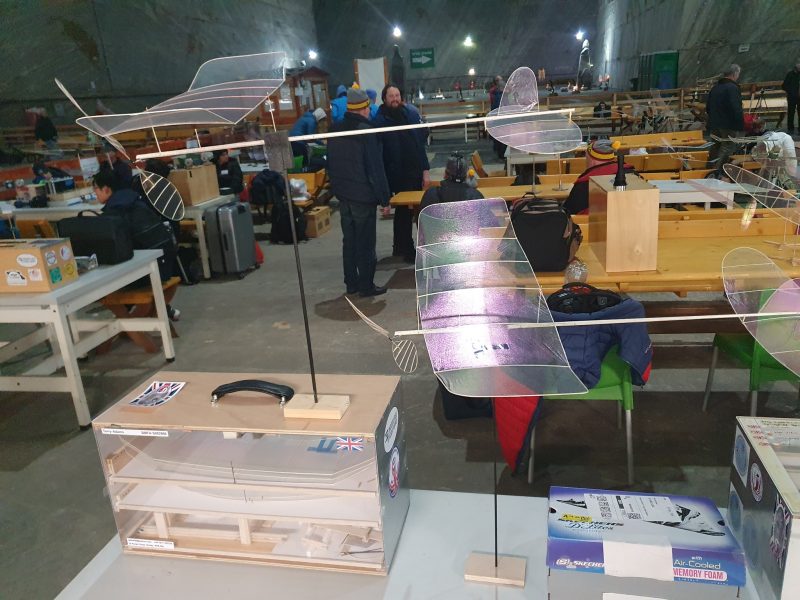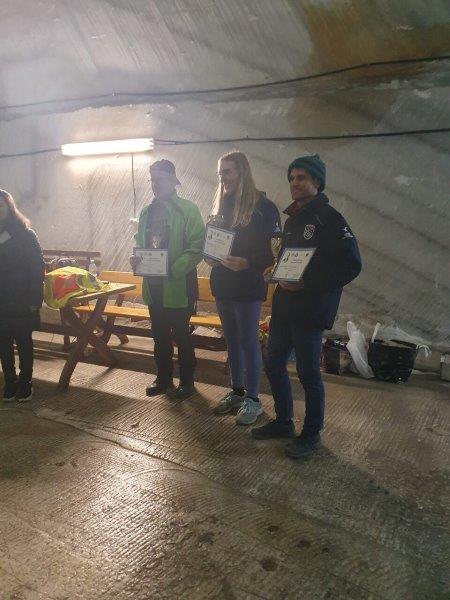Free Flight
Is what it says it is!
Once the model has been released there is no further control from the ground other than a link to operate a trigger to safely bring down the model down by tipping the tail plane. Sometimes this is activated by an on-board timer either mechanical or electronic. This timer can also operate other functions on the flying surfaces to optimise the performance at the various stages of flight, but all this is pre-programmed before launch.
The skill is in selecting the time to launch “into good air” and trim of the model in all phases of its flight.

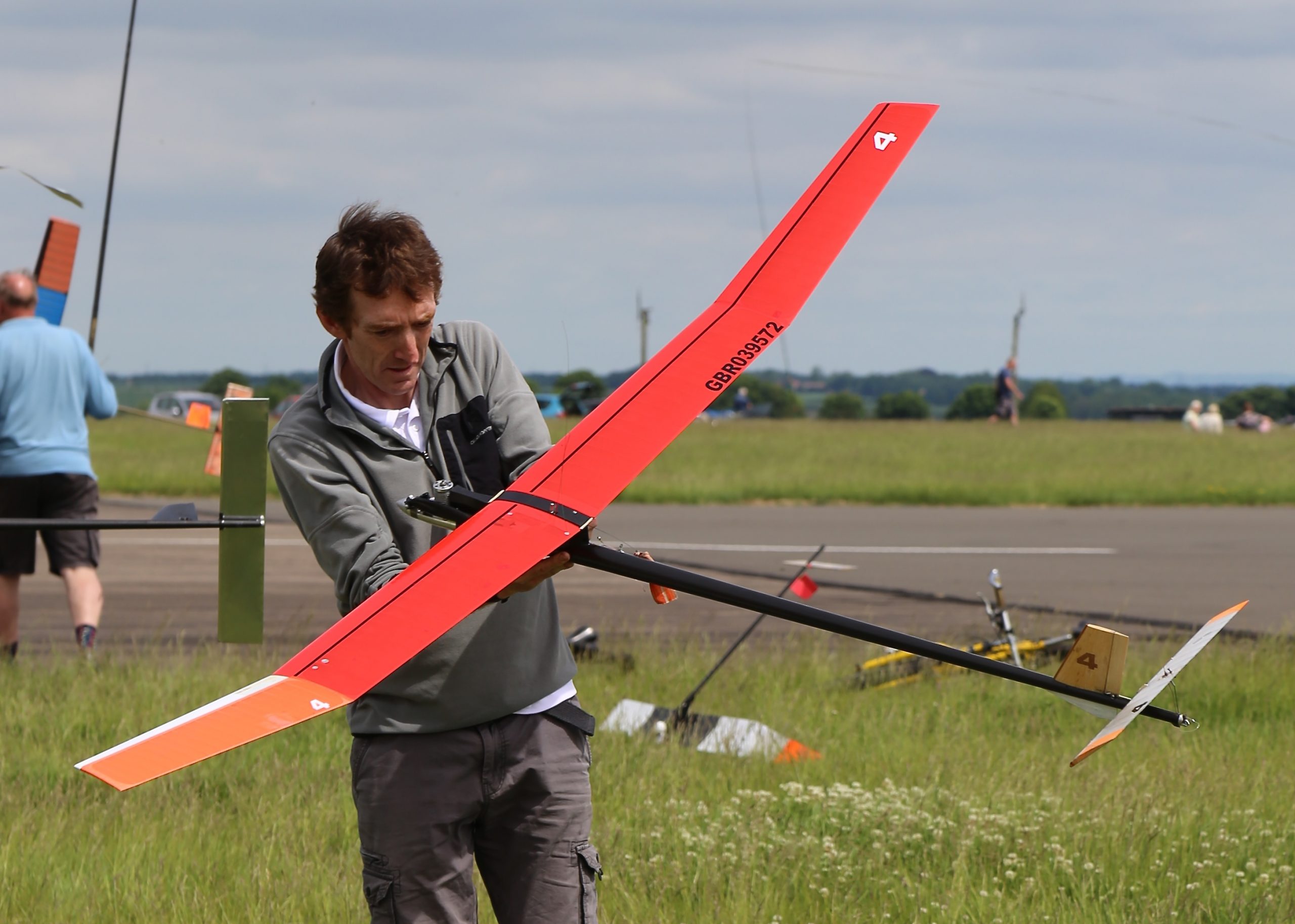
With one exception the objective is to obtain the maximum duration. The exception being a precision class where the aircraft flies a prescribed pattern and flight time from launch to landing.
Duration contests are run with a maximum flight time for a number of flights usually (3 , 5 or 7 flights) to test consistency and keep the model within the flying site.
There are four basic types, Glider, Rubber, Power and electric but in duration classes where the objective is overall flight time all models are gliding for significant period of their flight, the power is there to simply gain altitude.
Gliders
Gliders are launched by being towed up on a towline of prescribed length and released to glide on their own, the timing starts once the model has been released. In the more complex classes particularly those for international competition the model can be allowed to circle on the tow allowing the flyer to find helpful air in which to launch the model, the model structures allow the model to be towed very fast to convert this energy into a considerable height gain on launch.
In addition, there are hand and catapult launched models. The catapult is prescribed to limit energy and the hand launch is often in a discus style.
There are magnet steered slope soarers, where an on-board magnet and rudder combination is used to fly out over a slope generally facing into wind.
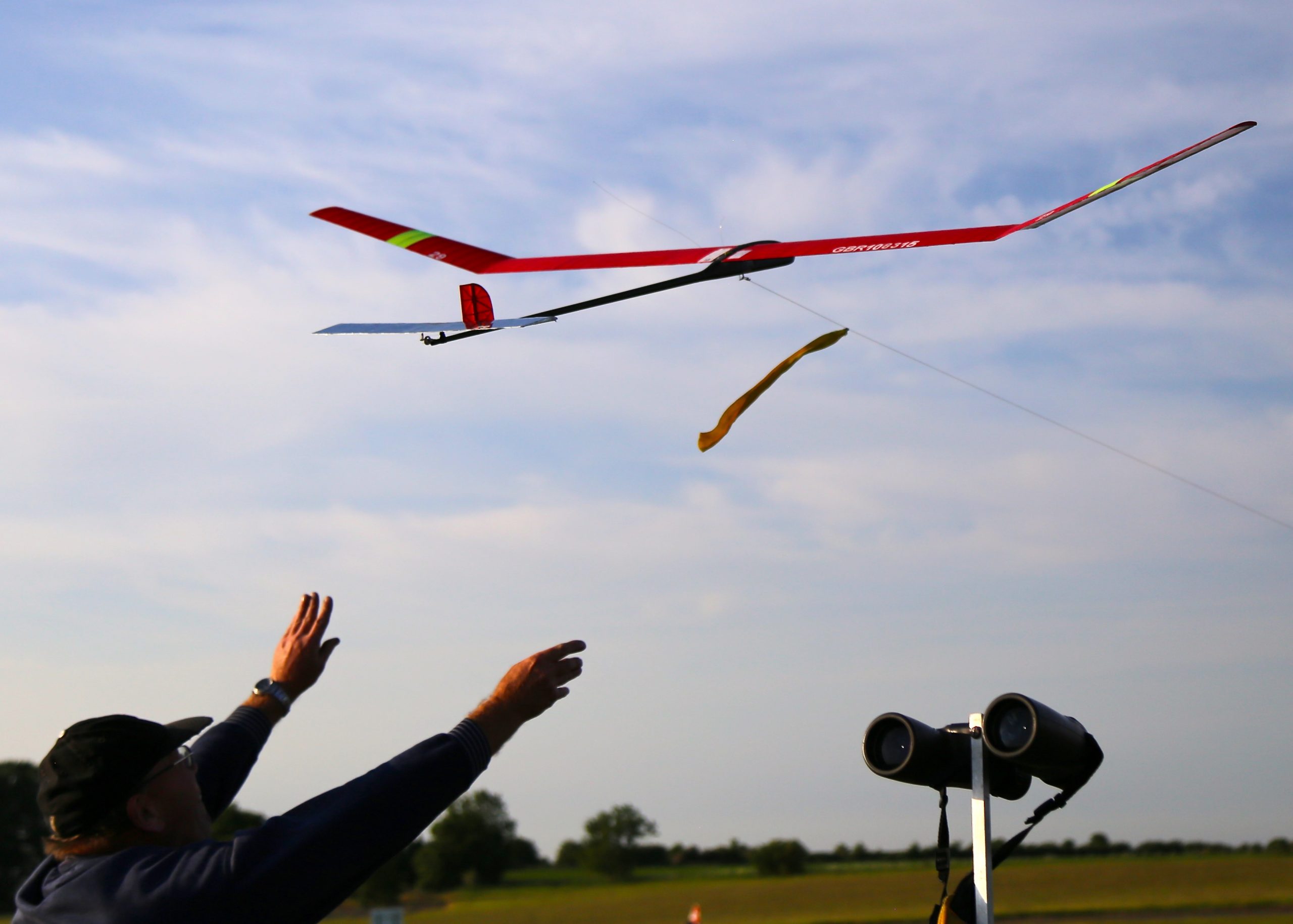
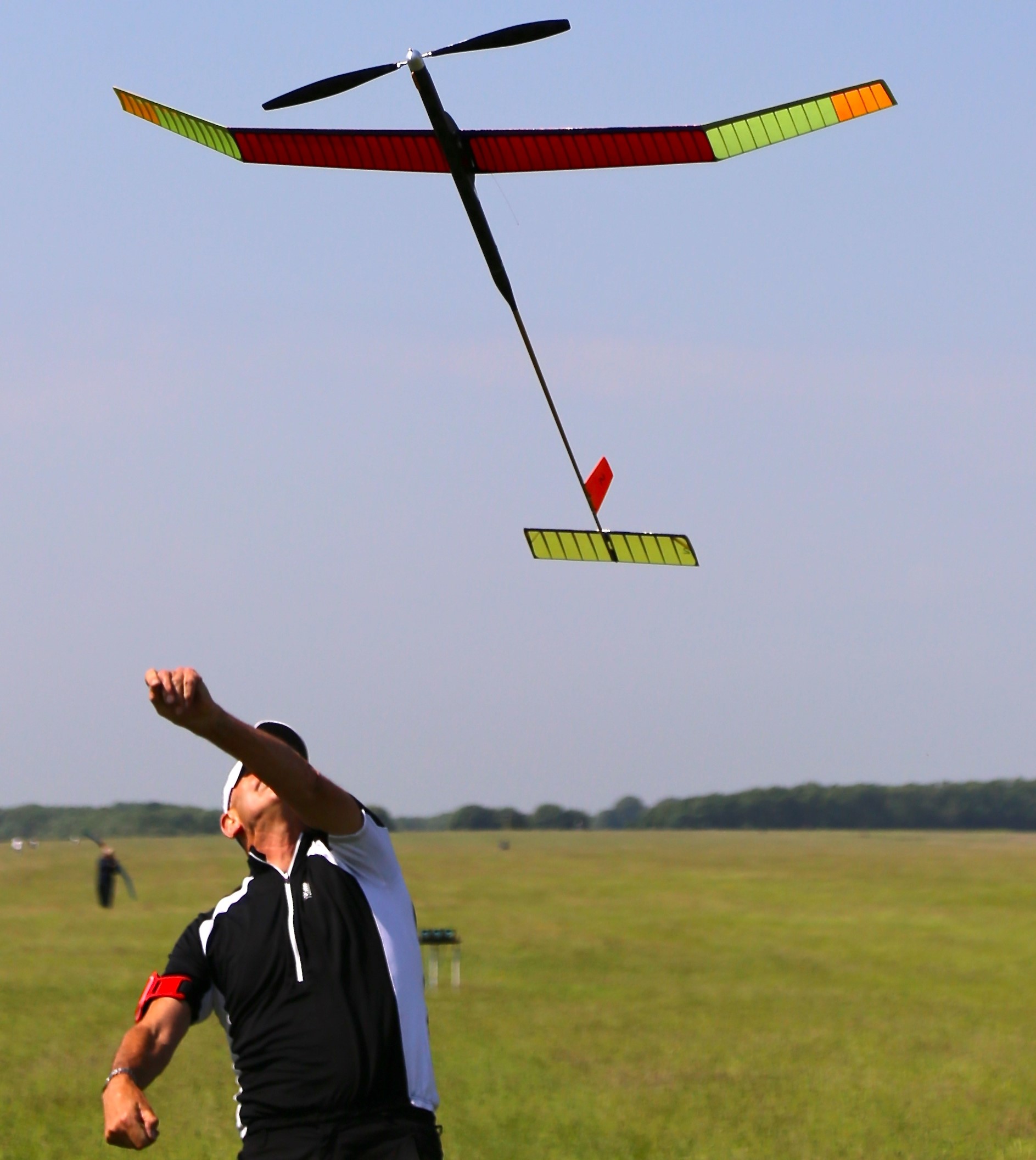
Rubber
There are various classes of rubber models, but all have a prescribed maximum weight of rubber and some also have prescribed minimum weights of model and also maximum flying surface area. The objective is still firmly focused on duration. The key objective is to get the maximum power out of the rubber requiring skill in winding and the pre-selection and testing of the rubber.
Power and electric
There are various power sources being internal combustion, electric and Co2.
The energy available for the flight is generally limited by the length of engine capacity, motor run allowed. As well as duration there are precision events. Thus, the primary objective is optimisation of power source.
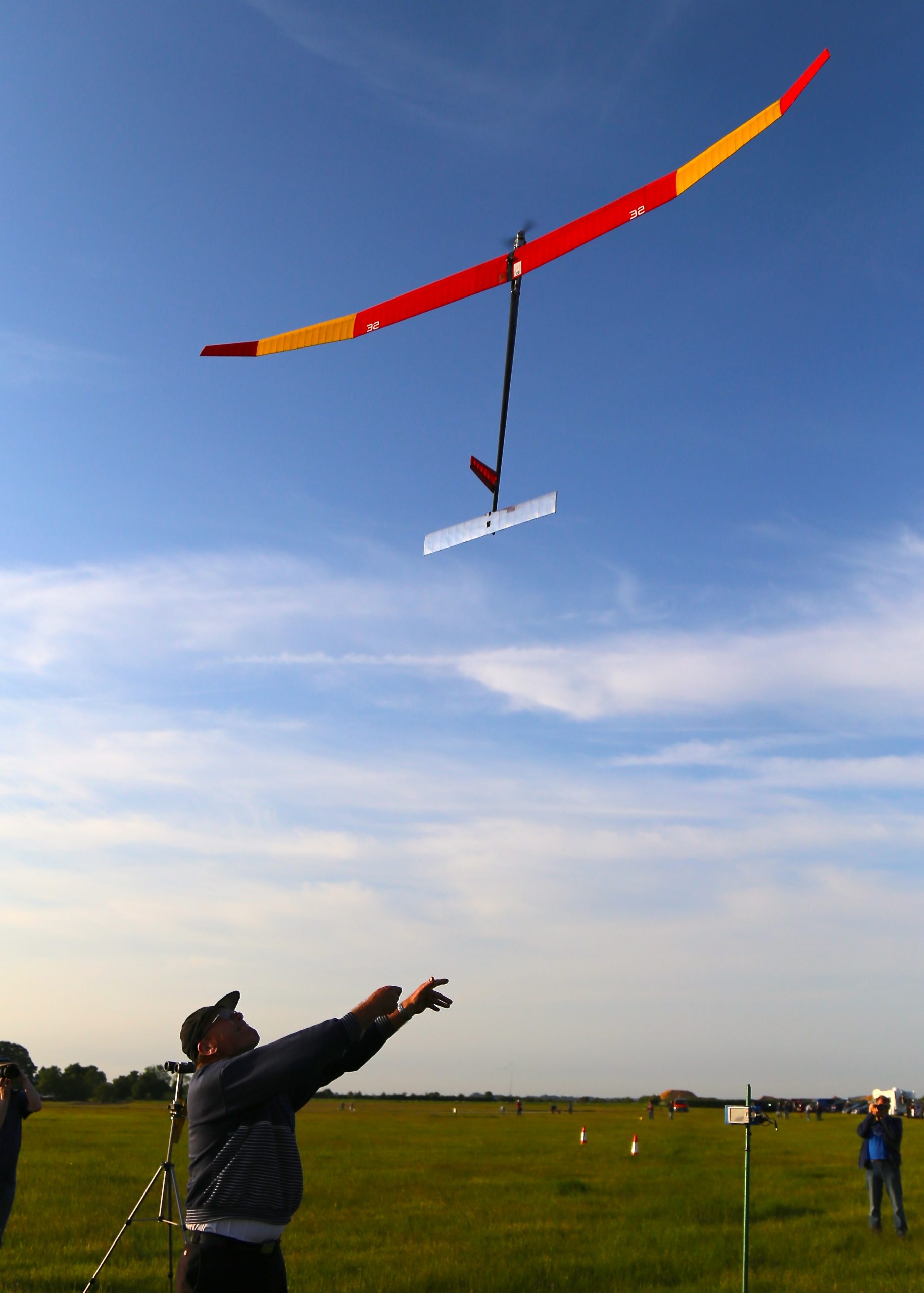

Vintage and Classic
These are sub-categories of the classes.
Free flight being the oldest form of model flying some classes have developed with defined cut off dates which mark significant times in their development; known as the Vintage and Classic periods.
Read more of the wonderful World of free flight on the BMFA Free Flight Technical Committee website at the link below.
